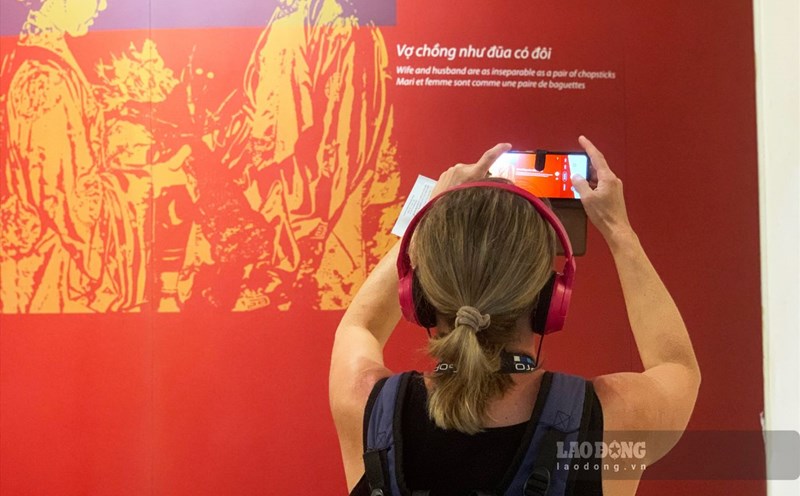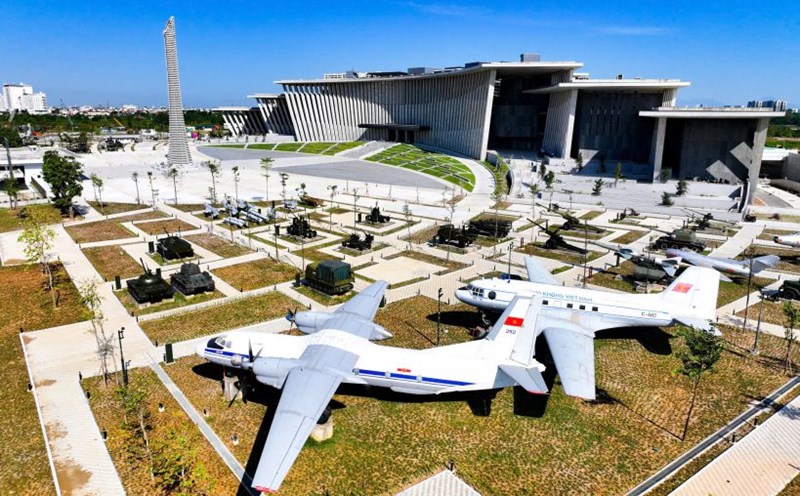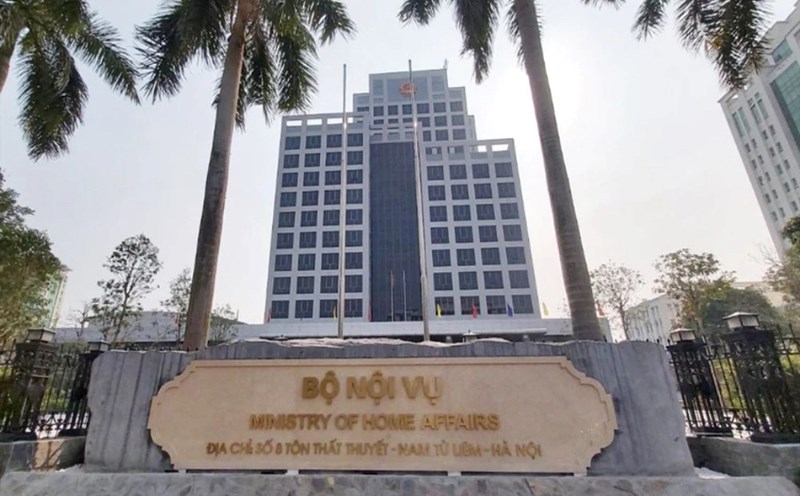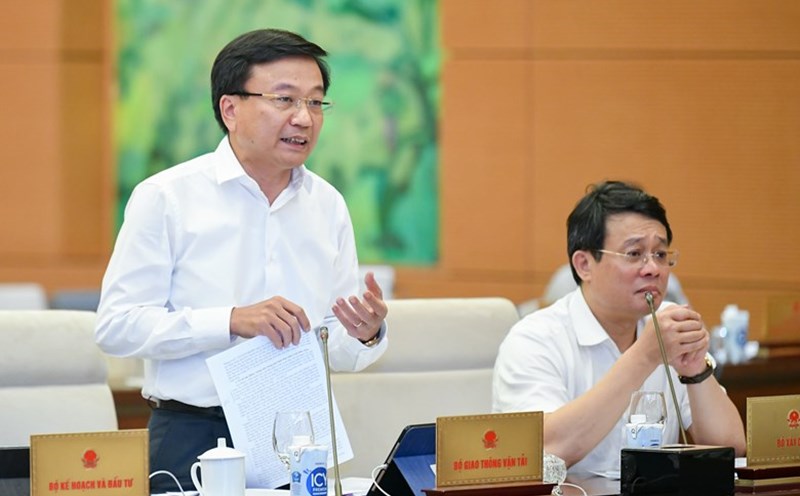Technology integration - enhancing experience
Thanh Thanh (30 years old, Hanoi) and her friends visited the Vietnam Military History Museum. “Witnessing and experiencing the sightseeing activities here, I understood why the museum is so attractive to visitors. The application of modern technology to display and introduce artifacts increases the authenticity and liveliness, making viewers excited and unable to take their eyes off,” Thanh Thanh shared.
Since its opening, the Vietnam Military History Museum has welcomed thousands of visitors every day. The number has been increasing, with the peak day recording 60,000 visitors - a number of visitors not inferior to the world's top museums such as the Louvre Museum (France), the Natural History Museum (UK), the National Museum of Natural History (USA)...
Most visitors are impressed with the modern technology and display techniques applied at the Vietnam Military History Museum.
Typically, the museum has deployed 3D Mapping technology, touch screens and extended reality (XR) technology to recreate historical battles. Visitors can experience the space recreating the 1972 Dien Bien Phu air campaign with images of MIG 21 aircraft participating in combat, shooting down B52 aircraft and many resounding historical victories...
In particular, the museum also has a gaming booth. Here, visitors will wear virtual reality glasses, sit in a simulated tank command cabin and experience the car crashing into the gate of the Independence Palace on April 30, 1975. This is also a way for young people to experience and remember an important historical milestone of the nation.
Talking to Lao Dong, Lieutenant Colonel Nguyen Tien Dung - Deputy Director of the Vietnam Military History Museum - said that currently the exhibition system of the Vietnam Military History Museum has applied many modern technologies such as 3D Mapping, 3D film projection, 2D film, virtual reality technology, interactive experience, multimedia, historical space reconstruction... which has created attraction for visitors, especially young people.
“In the coming time, to meet public demand, the museum will build virtual reality tours on the internet, 3D tours for large artifacts and national treasures so that the public can have a better experience,” said Lieutenant Colonel Nguyen Tien Dung.
Technology to support education at museums
Ms. Nguyen Thi Thu Hoan - Deputy Director of the National History Museum - commented that to attract visitors, the important factor is to turn the museum into a familiar address, creating a habit for visitors to come here monthly, even weekly. In particular, students are the most potential regular visitors of the museum.
“The museum not only applies technology to digitize artifacts but also turns digital technology into an educational support tool, meeting the learning and research needs of the younger generation, opening up opportunities to connect and explore Vietnamese history in a creative and modern way. The programs are designed to be diverse and constantly innovated to meet the learning and discovery needs of each audience. This helps the museum retain visitors,” Ms. Thu Hoan emphasized.
The application of achievements of the 4.0 Industrial Revolution such as virtual reality, 3D technology, artificial intelligence, etc. helps museums not only be places to preserve past values but also become modern and inspiring learning and discovery spaces. In particular, the Museum of Ethnology is considered a pioneer in applying digital technology to exhibition activities and guiding visitors, especially the multilingual automatic explanation system.
The Ho Chi Minh City Museum of History has tested the Sanbot Robot model using AI to guide visitors, with features such as image slideshows, videos introducing the museum, artifacts and galleries...










